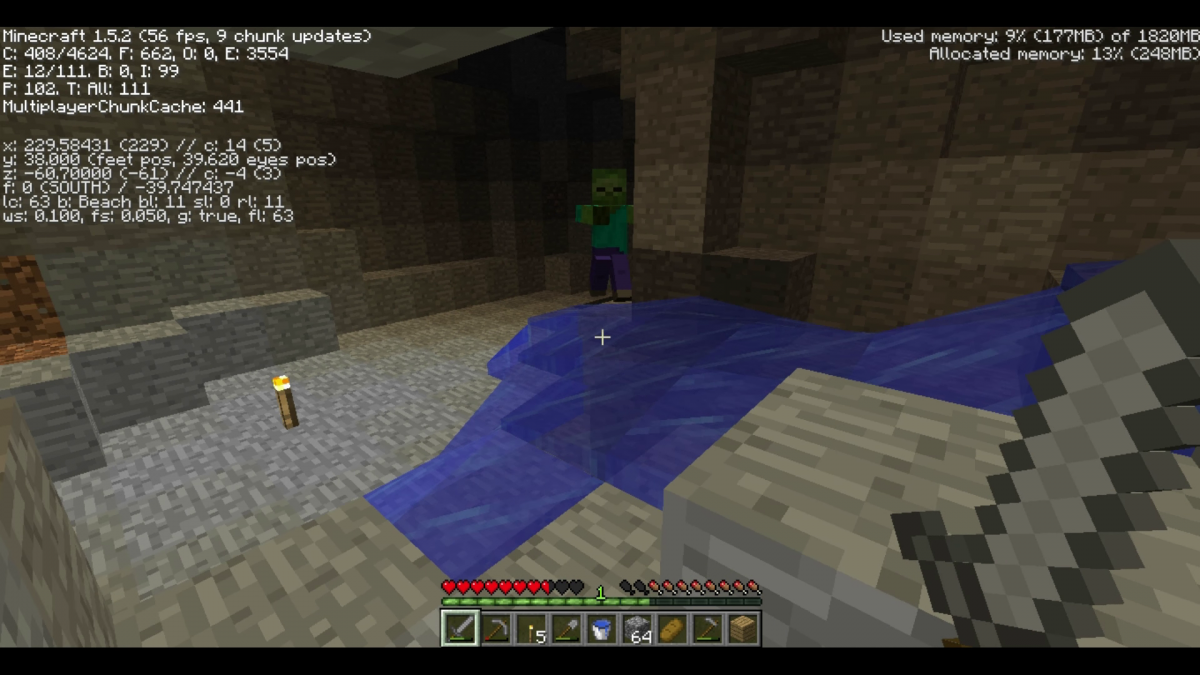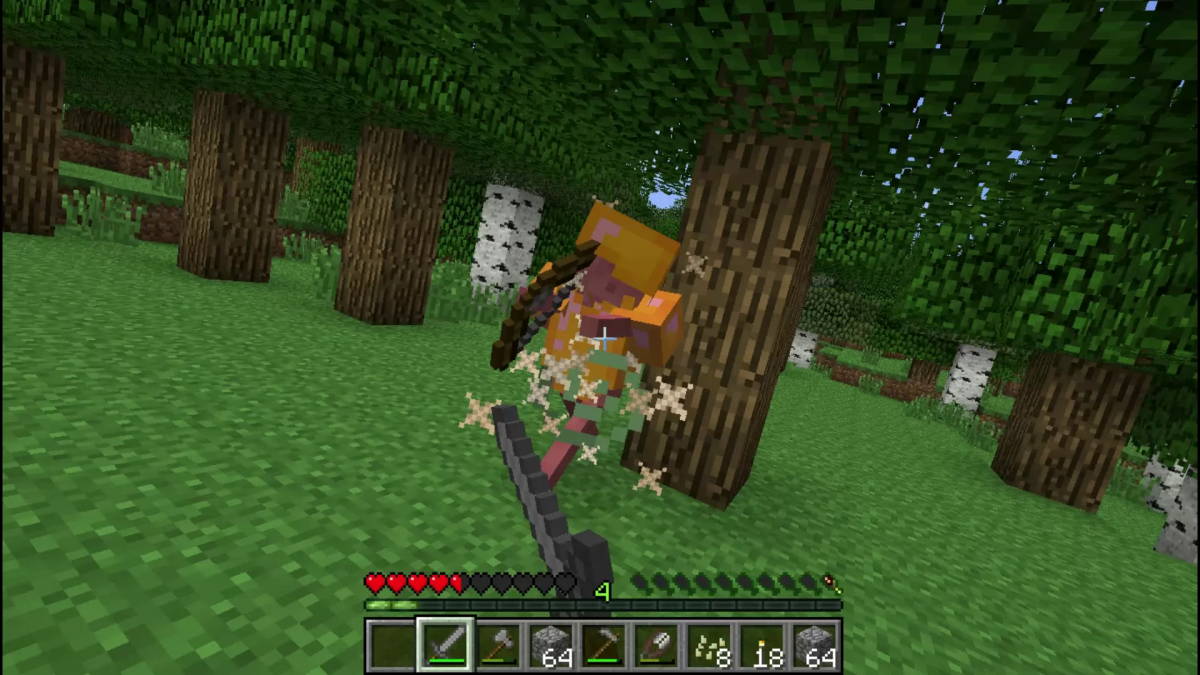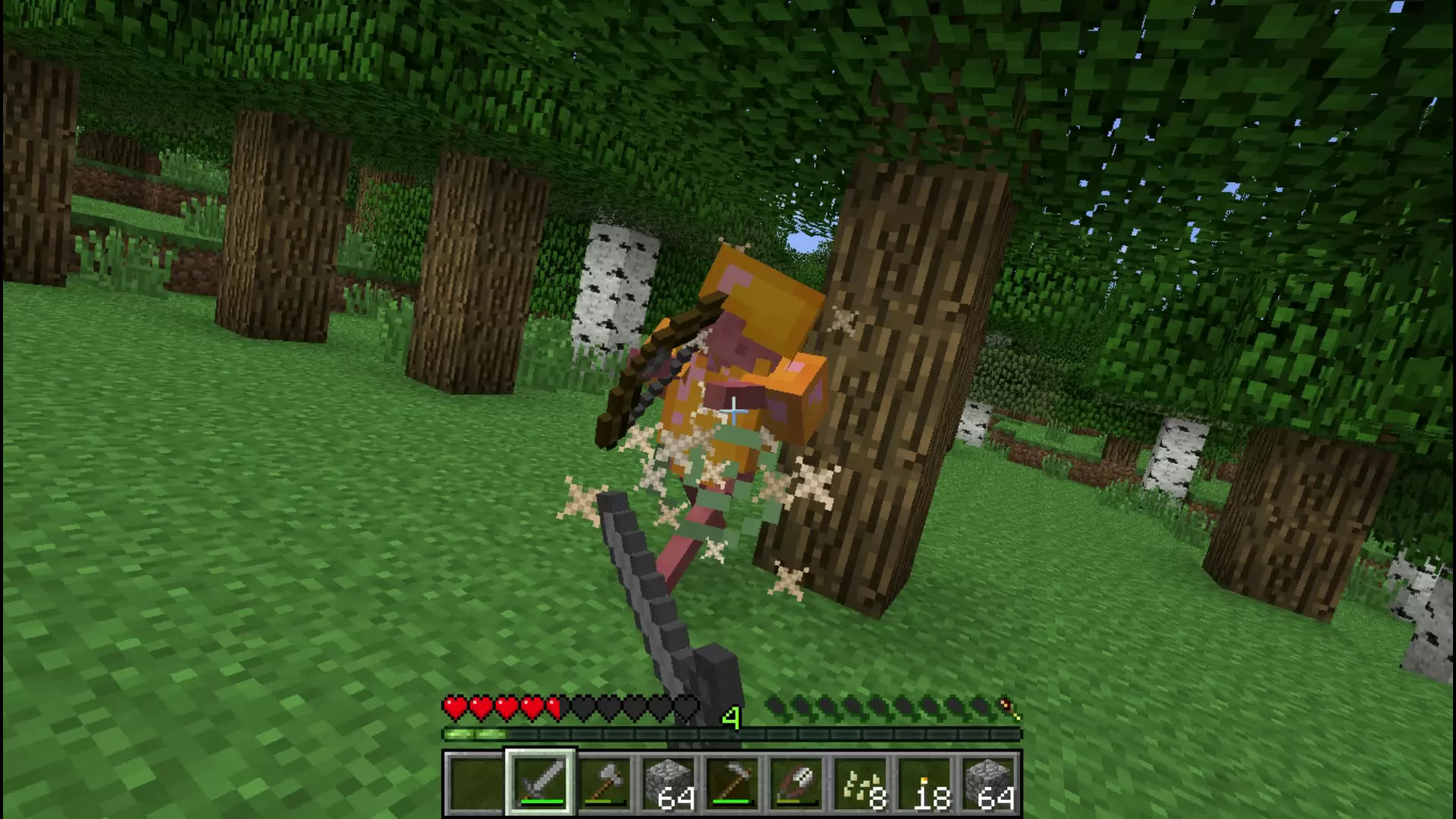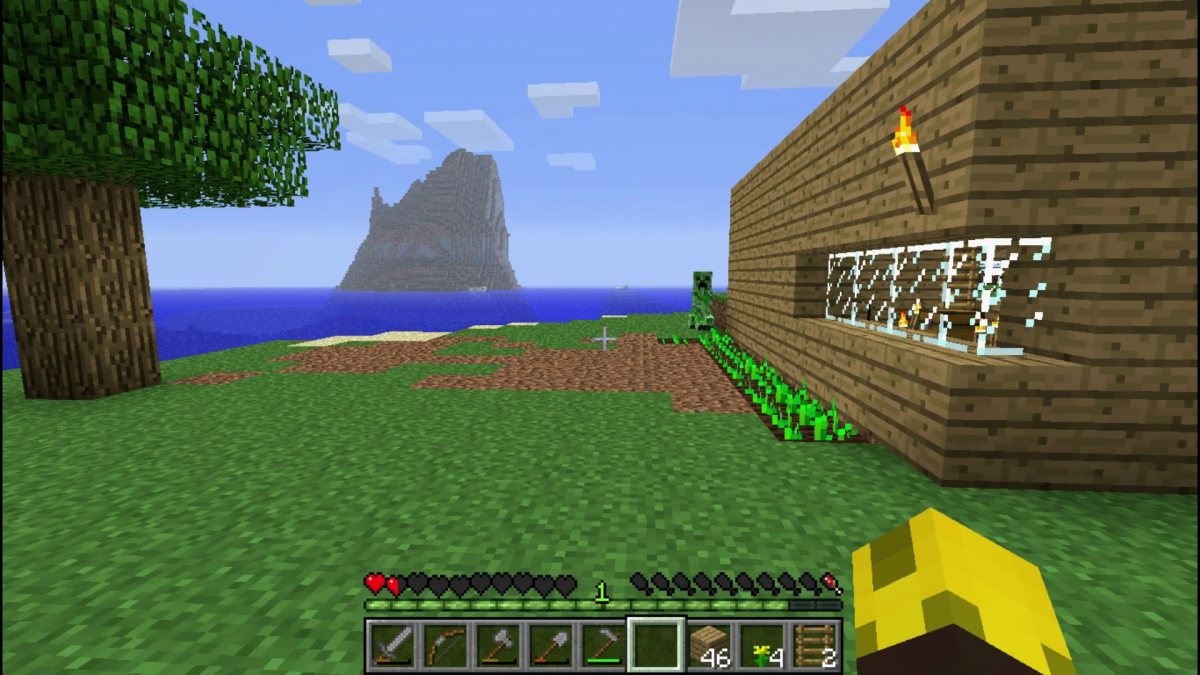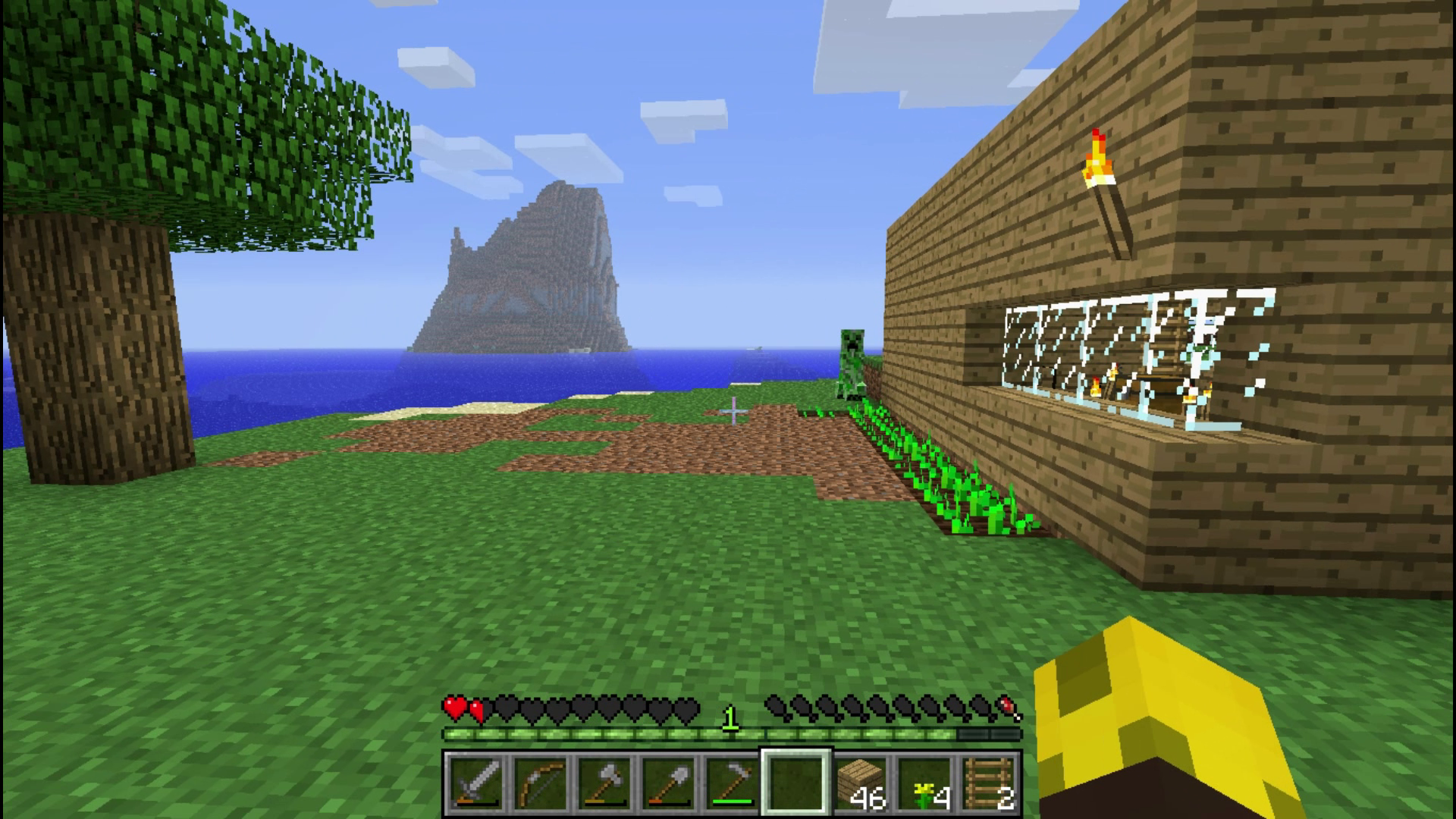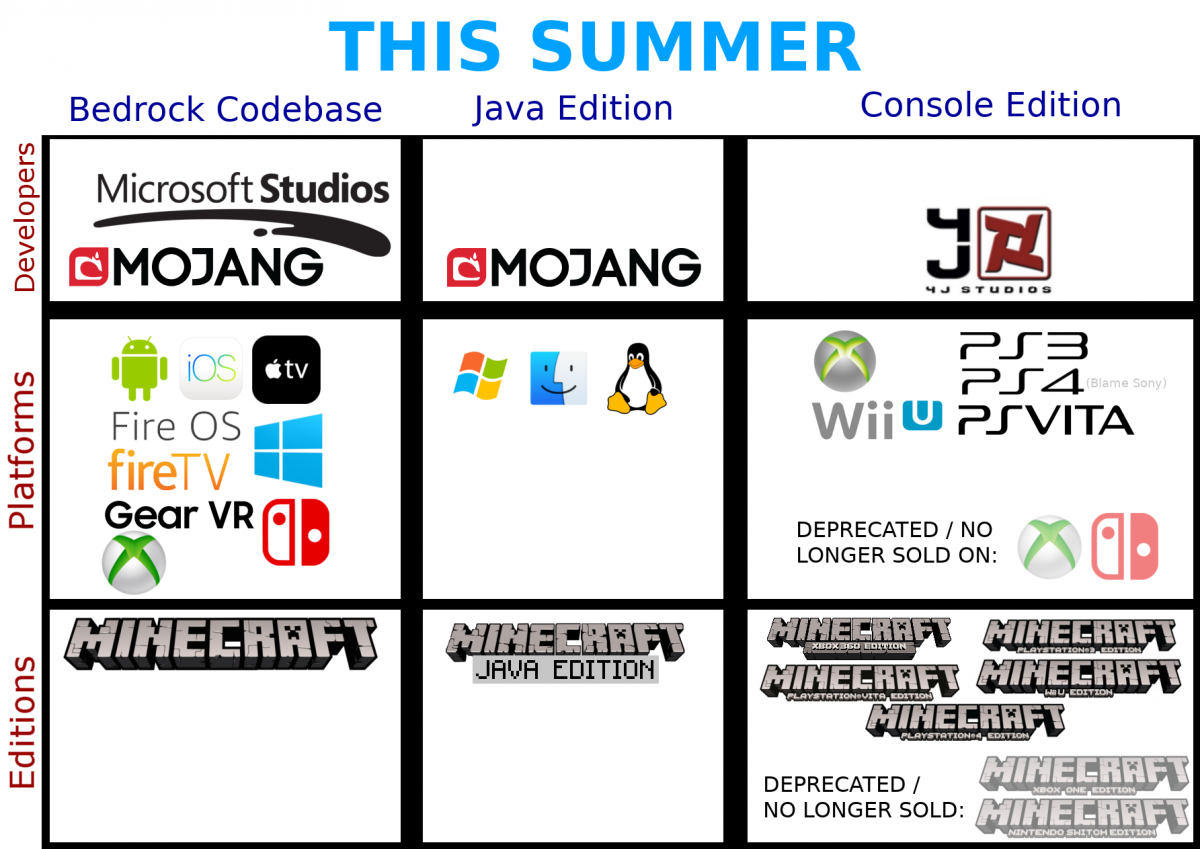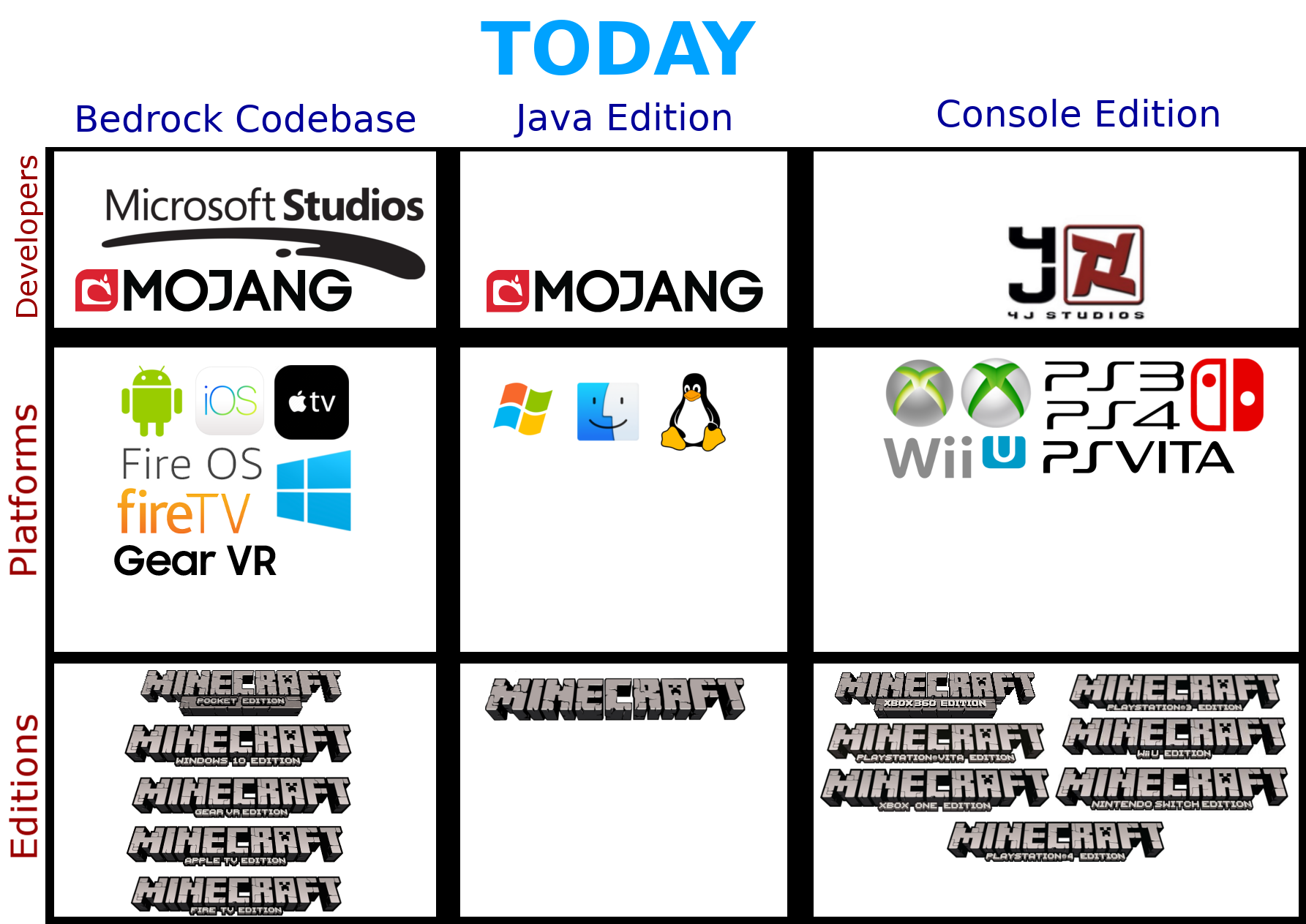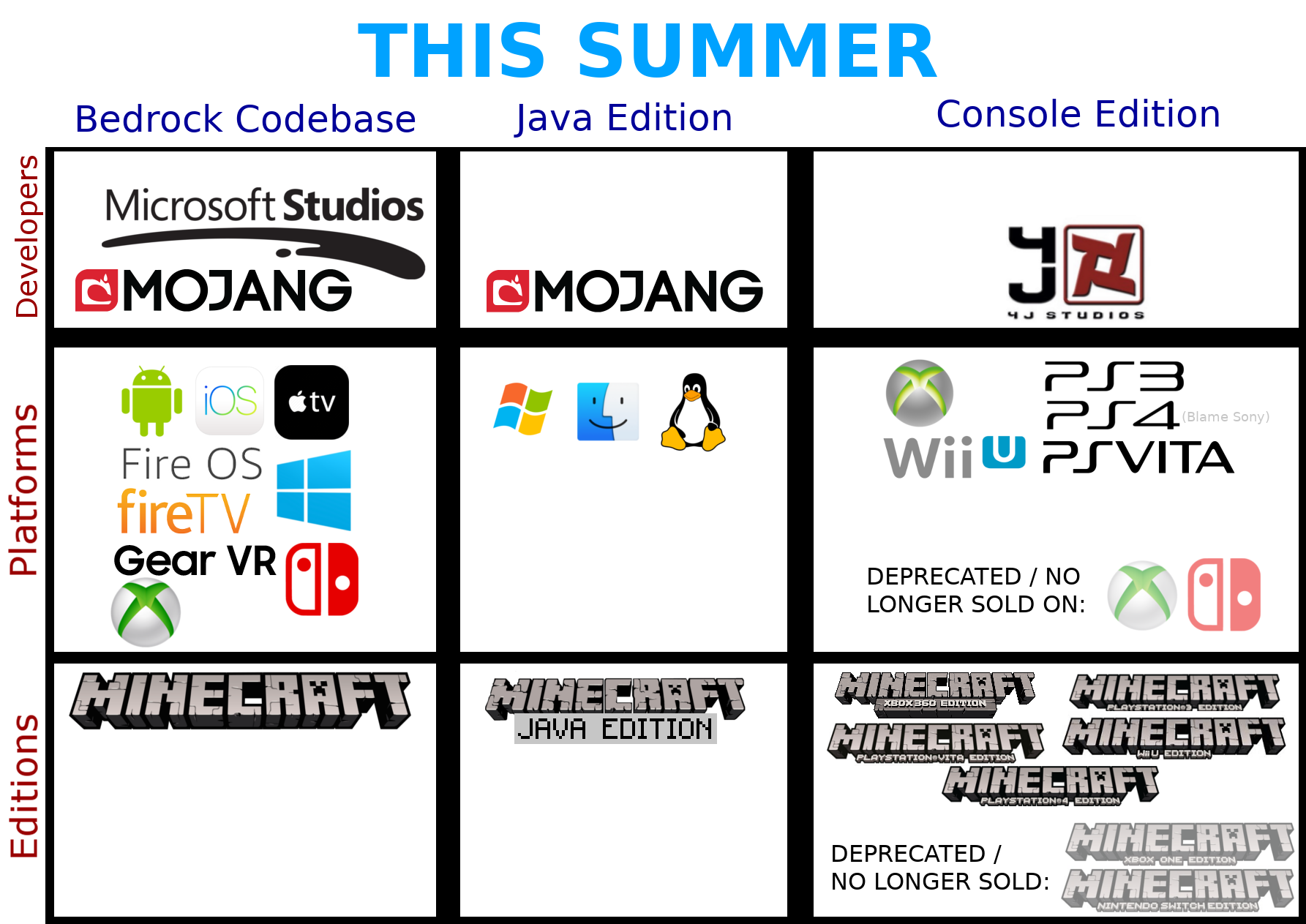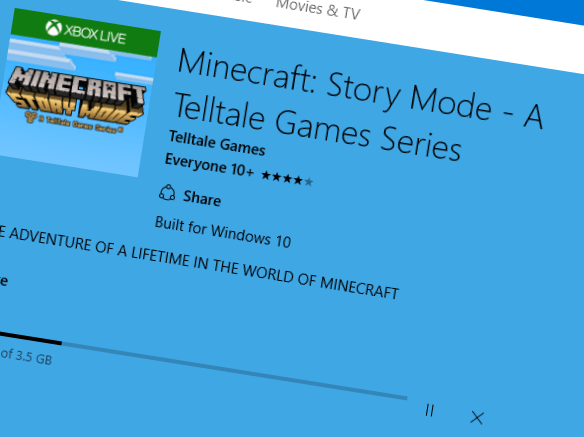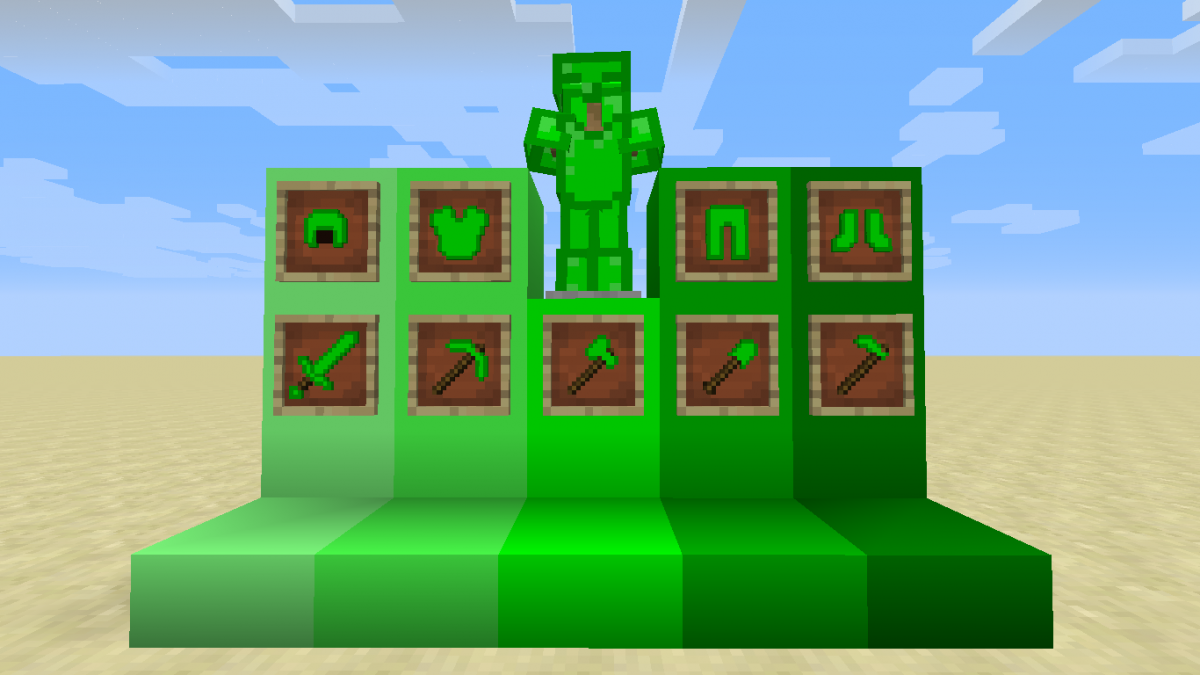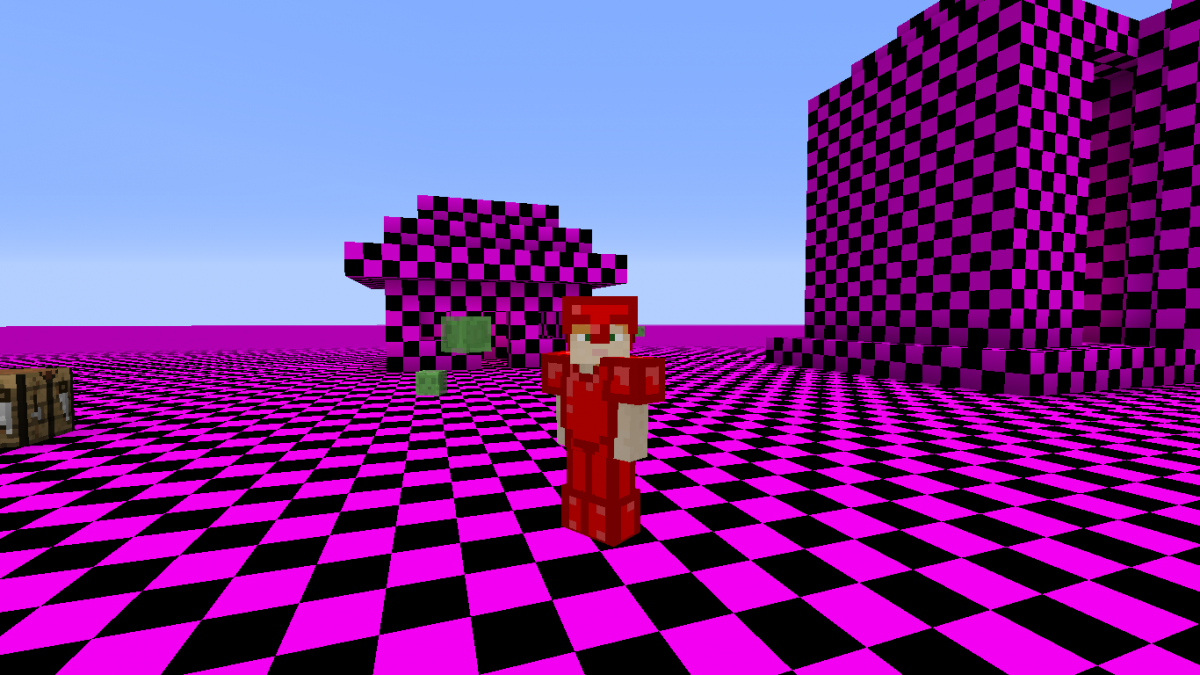, the 3rd video on the SuperGeniusZeb channel was released. It was also the 3rd episode of SuperGeniusZeb Plays Minecraft, because that was the only series on the channel back then.
And back then, I was trying to release an episode approximately every week. I managed to keep up this pace for a while, but pushing out episodes at that rate while also trying to make them decent quality isn’t easy, and so these days the episodes are pretty spread out.
Like many of the early episodes, “The Creepy Cave” is kind of boring… not that much happens. Also like the first 2 episodes, I recently decided to do a re-edit of this episode to cut out a lot of the pointless, redundant, or particularly boring footage.
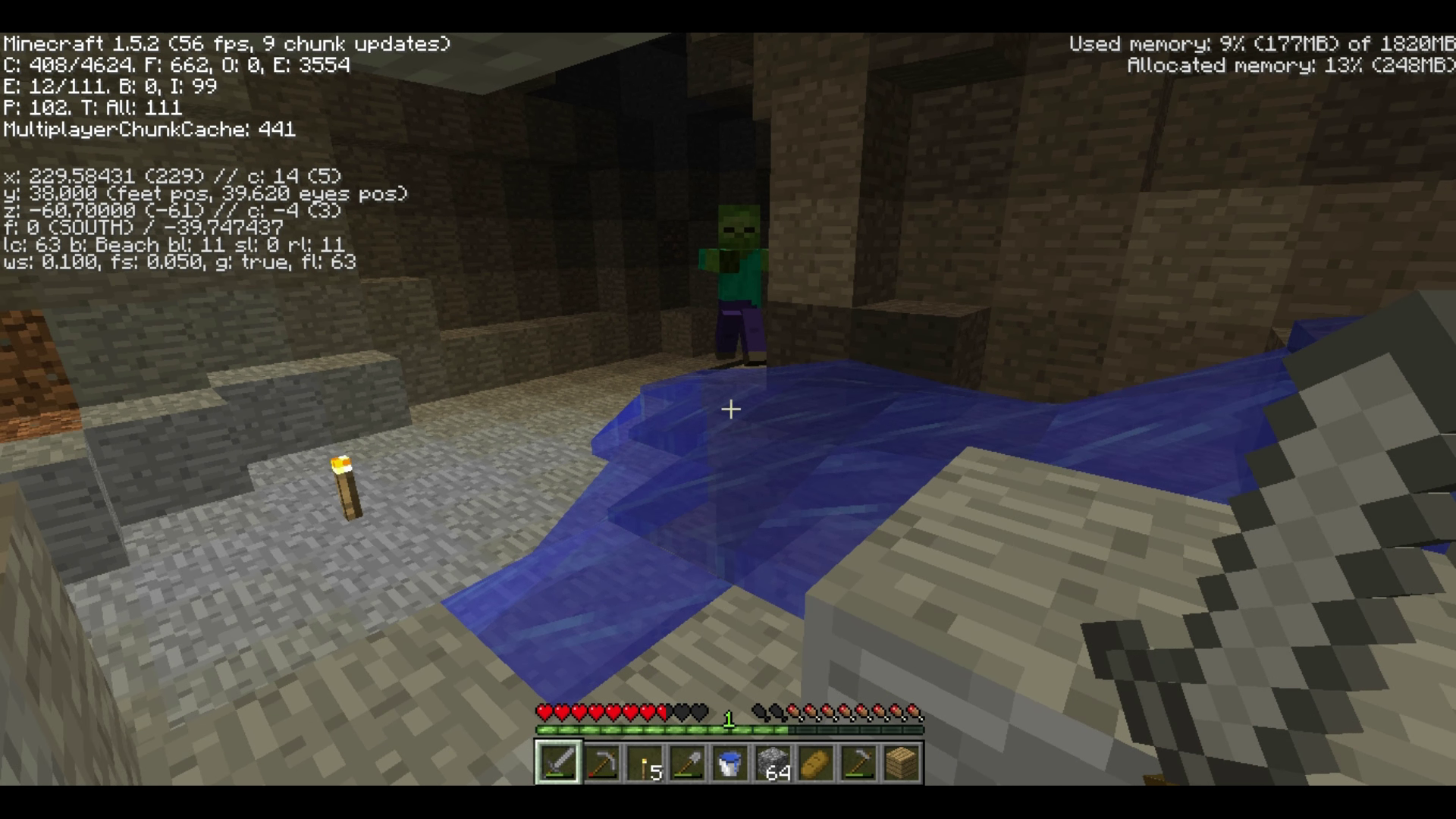
Upon watching the episode while preparing for the re-edit, however, I was pleasantly surprised to see that I had already improved a great deal from the previous 2 episodes. It was still far from great, but it was a step in the right direction.
For example, I had already learned to try and keep talking while recording, which along with my increasing use of cuts, helped to cut down on the amount of “quiet time”. I also didn’t have nearly as many goof-ups in my sentences, though I still made mistakes and sometimes trailed off or paused awkwardly during statements.
This episode also features my first “clever/funny” intro. What does that mean? Well, having seen how some Minecraft YouTubers would often start episodes of their let’s play series with interesting situations and/or entertaining dialogue, I was inspired to do something similar. So, after I died after falling from a tree, I decided to make that the start of my episode, and integrate it into what was an early version of the greeting I now use in the start of all SGZ Plays Minecraft episodes.
And speaking of intros, let’s talk about outros. Starting with episode 2, I decided to try and end every episode with music and a To be continued
text overlay. this episode continues that plan. I ended up getting tired of doing that, though, so these days I just end most episodes with a hard cut… no fade out or music.
One nice improvement from episode 2 is that the timelapses in this episode are shorter and aren’t long for the sake of playing nice music for a longer period of time. But as I said concerning the previous episode, I probably wouldn’t show the mining at all if I made this episode today. I was also still mistakenly calling the timelapses “montages” in this episodes, though I was already aware my terminology was probably wrong, so I was also calling them “sped-up segments” since I hadn’t figured out that the proper name was “timelapses” yet.
In terms of content, this episode was again ahead of the previous 2, having more interesting content in less time (episode 3 was the shortest yet), such as game progression in the form of achievements and crafting my first armor, as well as some cave exploration.
There was still a lot of footage that probably should have been cut, though. Collecting my items at the start of the episode should have had several cuts or been left out entirely, and keeping the footage of me going to the ravine was probably a mistake, since I ended up deciding not to explore it in that episode. As stated before, the timelapses were also pretty pointless, though in my opinion, they weren’t as boring as the ones in the previous episode.
Overall, I think this episode turned out better than episode 2, which itself was better than episode 1. It’s nice to see that so far the quality of episodes has only increased so far. But knowing that episode 5, an episode with “Laggy” in the title, is coming up soon gives me doubt that this trend will continue indefinitely.
If I remember correctly, extreme lag and the drops in framerate that came with it were some of the most persistent problems in the next several episodes up until episode 16, during which I finally figured out how to fix. But I’ll talk more about that when I get around to the re-edit of episode 5.
And having mentioned re-edits, let’s talk about the re-edit of episode 3. This re-edit required the least amount of edits yet. There was a lot less yellow text thrown in, and I don’t think I had to make as many cuts in this one. I think this is partially due to the episode simply being better than the previous two.
As for what I did cut out, I ended up removing both timelapses, and cut out most footage of me talking about information that was either redundant because I mention it in a previous episode, or unimportant and did nothing but eat up time.
I would have cut out the entire clip of me being at the ravine, but I left some of it in because there’s some somewhat important exposition in there about how turning down my graphics settings helped reduce lag, and it also explains why I didn’t explore the ravine. (If I had made this episode today, I would have explained that while already at my house and starting to mine there. Actually, if I made this episode today, I probably would have actually explored the ravine, rather than back off from it.)
Something interesting I noticed while editing this episode (and to a lesser extent, episode 2), was that because I had learned to keep talking during recording, it was harder to cut out footage. Often, the stuff I was doing on-screen wouldn’t be important or interesting, but I would be mentioning something that would be important later on, such as my plans for going to the ravine or underneath my house and stuff like that. Other times I would have difficulty cutting out some unneeded footage because I would jump into another sentence right after finishing the previous one, which is fine for getting information out, but made it difficult to make cuts that didn’t feel too abrupt.
In the re-edit of episode 2, I ended up using a neat trick at the start of the episode where I cut at a clip of me turning around clockwise, and then cut to another clip later on of me turning around clockwise in order to skip ahead a bit to get to me explaining the plan for the episode quicker. It wasn’t a perfect cut, but I think it turned out pretty well. I actually missed it the first time I saw during a quick viewing of the intro while writing this blog post.
I bring that up because I ended up doing another neat cut in the re-edit of episode 3. After collecting my first 3 iron ore blocks, I travel up the ladder from the mine to my house and talk about how I’ve now found 3 iron ore which is exactly the amount I need for a bucket…
About 1 1⁄2 minutes later, I end up crafting the bucket while saying …I have enough of this iron to make a bucket.
The stuff that happens in between is kind of boring and not really important, so in the re-edit, I cut the footage so that the first one is cut off and the episode cuts to the end of the second one, so it forms a complete sentence that it goes like this: I’ve now found 3 iron ore which is exactly the amount I need to make a bucket.
I was really pleased with how this turned out… I think it actually feels like the cut was always planned if you haven’t seen the original version of the episode.
The duration of the original version of the episode was , and the re-edit ended up being just . That’s a total decrease in length of . In comparison, episode 2 went from to , which is a difference of , and episode 1 went from to , which is a difference of . More was cut out of episode 3 than episode 2, but I feel like I had to do more editing work on the latter. And episode 1 required the most editing work of all.
I’m curious to see how much time I will end up cutting from the next several episodes and how difficult it will be to re-edit those. I haven’t watched any of the early episodes since I first made them, so I don’t really remember exactly what happens in most of them. Doing these re-edits has given me an opportunity to go back and watch these early videos and see the progression of my video production skills over time. Because it’s been so long since I first made and released them, I don’t know how many of these episodes will warrant a re-edit, but I hope to finish and release re-edits of all the ones that do.
As stated before, I think the original version of episode 3 was the best episode yet at the time, and I think that the re-edited version is the best of the re-edits so far. I look forward to working on the re-edit of episode 4, as well as the next entry in this blog post series. I hope you all have been enjoying the re-edits and these blog posts as much as I have enjoyed making them! Until next time, this has been SuperGeniusZeb, and I thank you all for reading.
Watch the original version of “The Creepy Cave” on YouTube and LBRY!
